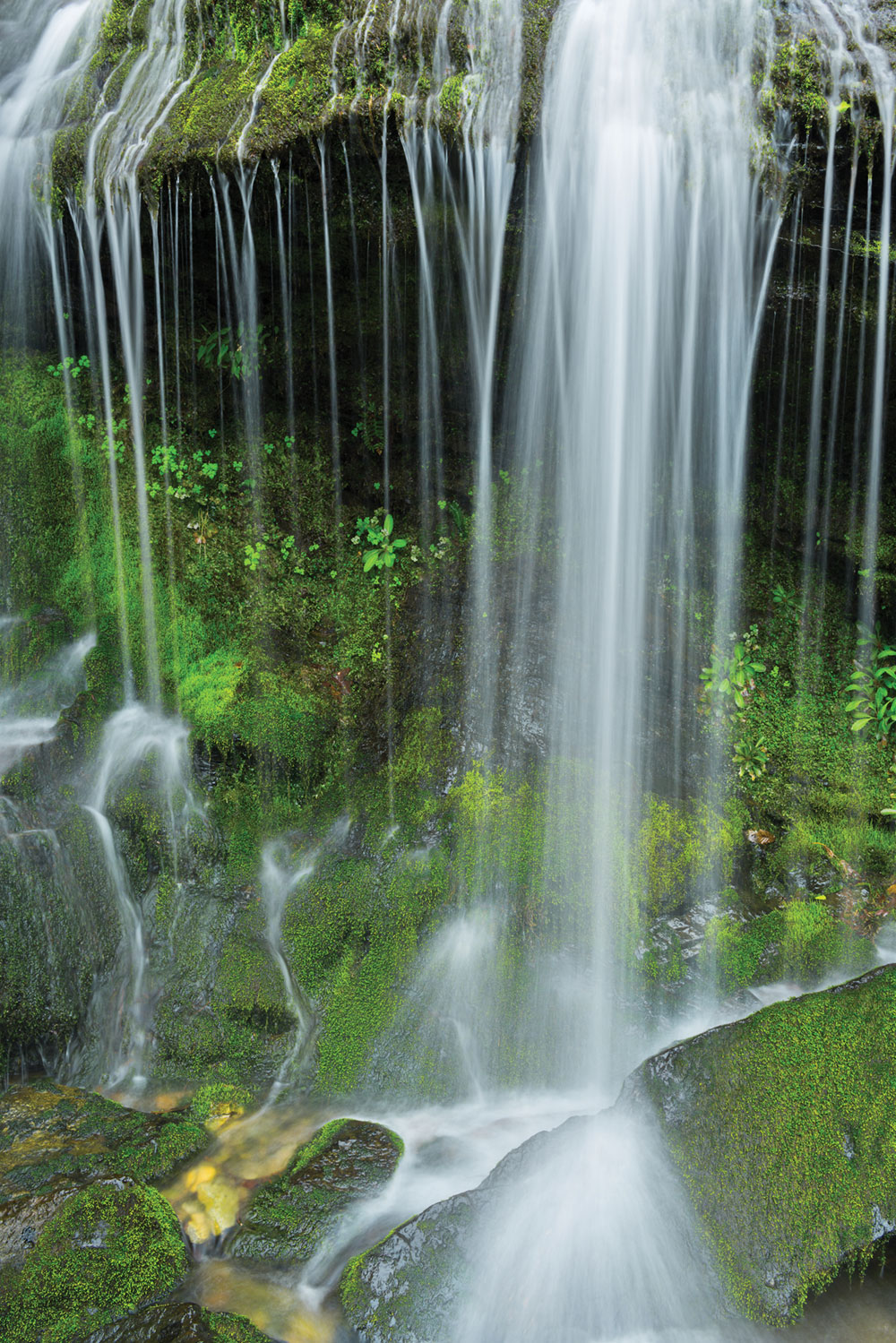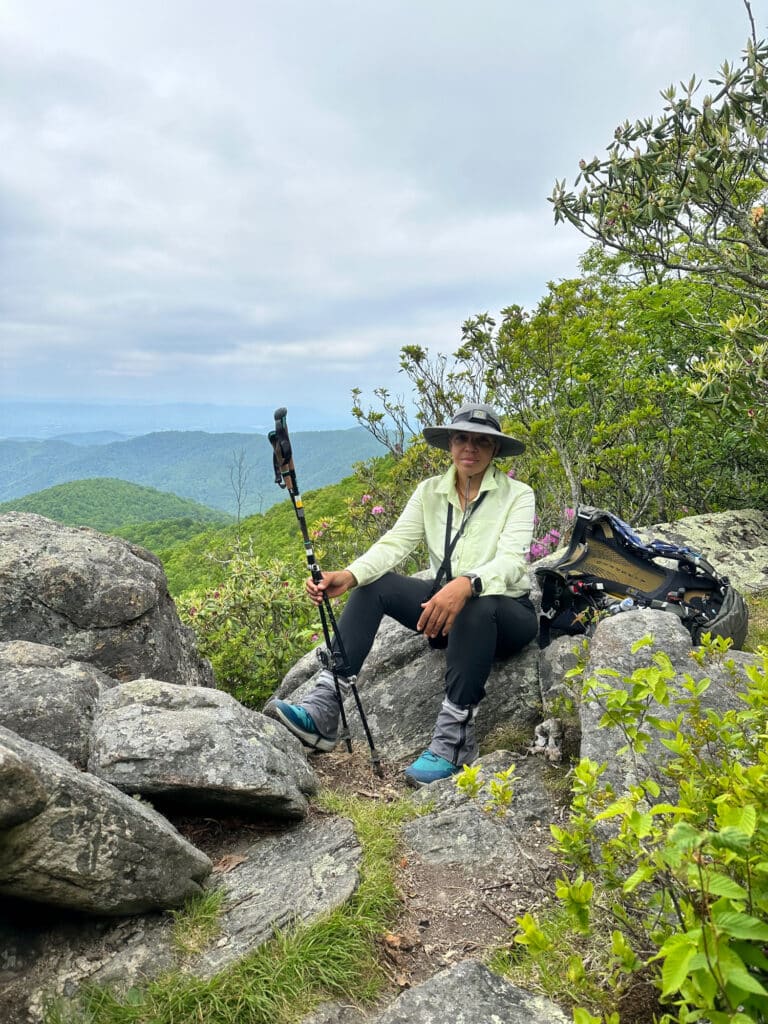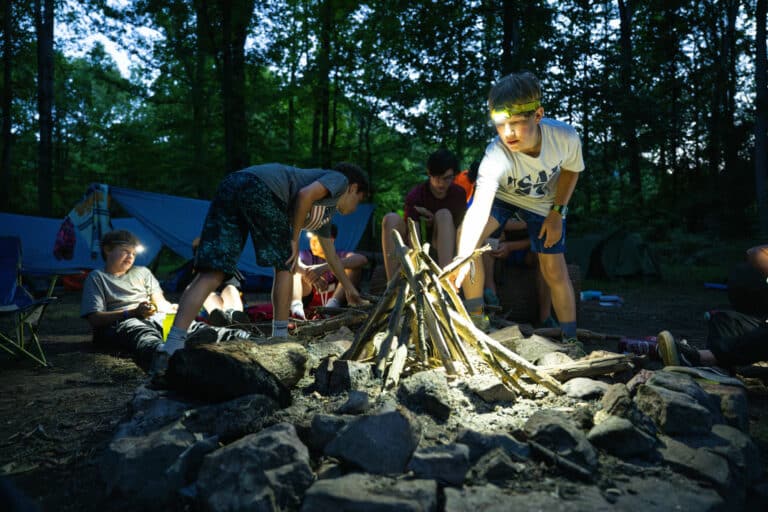New Group Protects Cascades in Carolina
For photographer and hiking blogger Rich Stevenson, the allure of waterfalls is so powerful, first they changed his vacation habits, then his life.
He was a Raleigh resident and a “big beach person” in 1998 when friends invited him on a hike to Rainbow Falls, on the Horsepasture River near Cashiers. Stunned by its beauty, he returned to the mountains whenever he could and, in 2003, moved to western North Carolina so he could devote every free minute to exploring waterfalls.
“All of a sudden, I wasn’t a beach person anymore,” said Stevenson, of Hendersonville, who along with several other dedicated “waterfallers”—hikers who seek out and photograph the state’s hundreds of cascades—helped form a new group called Waterfall Keepers of North Carolina.
It was created in recognition that waterfalls not only provide the spellbinding beauty that enthralled Stevenson. They also harbor specialized ecosystems, boost the tourism economies of mountain communities, and even soothe troubled minds.
The group is dedicated to sharing these benefits and working to ensure they are never diminished. “Our mission,” according to the group’s website, is “to promote and advance the cultural, economic, ecological and historical significance of North Carolina waterfalls … and to preserve waterfalls and facilitate their enjoyment in perpetuity.”
The idea for the organization was hatched in September of 2019, when acclaimed nature photographer and author Kevin Adams gathered a group of hikers to organize a waterfall “sweep”—sending teams of volunteers to pick up litter and perform routine trail maintenance across the state.
The first of these sweeps took place in March, and the Keepers have also recently launched an Adopt-a-Waterfall program, which asks volunteers to regularly visit their chosen cascades, keep an eye out for threats or degradation, and remove garbage.
“But I don’t want people to get the idea that we’re just a group of people picking up trash,” Adams said. After thinking more about the cleanups, he started talking with fellow waterfaller Holly Bass about other possible initiatives.
“It just kept growing and became a full-blown organization to support the waterfalls,” said Adams, the group’s executive director.
Its plans include a Junior Keepers program to encourage children to appreciate waterfalls, as well as field trips and presentations for both young people and adults. “We’ll give talks to whoever wants to have us,” said Adams, of Waynesville.
These talks will emphasize the safe exploration of cascades, which claim the lives of several hikers and swimmers each year, said Brenda Wiley, a Keepers board member and treasurer. “People see the very gentle waterflow a hundred feet or so upstream and have no idea how much power a couple of inches of water can generate.”
The Keepers plan to promote the scientific study of waterfall ecosystems, called spray-cliff communities, the collections of mosses and ferns that thrive in the continuous moisture created by waterfalls. Working with land management organizations, including state parks and national forests, the group will also remove graffiti and maintain trails with trained crews.
And though Keepers is not a political organization, Adams said, it will engage in activism, sharing information about the value of waterfalls to the state’s tourism industry and speaking out against any ecological threats. “If there is something proposed that will have an adverse effect on waterfalls, I would consider that a resource issue and a conservation issue,” he said.
Waterfalls have helped countless people overcome difficulties including substance abuse, depression, and marital problems, Adams said. So the Keepers will also explore ways to expose more people to these positive benefits.
Waterfalls deserve such wide-ranging support because they are a critical part of the state’s natural landscape, which he discovered as a child thanks to his proto-waterfaller of a mother, Phoebe. “We didn’t go on many family vacations but when we did, we went to the mountains to see waterfalls,” Adams said.
He began photographing them in the mid-1980s, and in 1994 published the first edition of his lavishly illustrated guide book, Waterfalls of North Carolina. The latest edition, published in 2017, includes formal listings of 300 waterfalls and mentions a total of about 1,000. But even that is far from a complete list.
“We’ll never see them all. There are just too many,” he said. “I could probably go out every day for the rest of my life and find a new one.”
The number of people engaging in such quests has exploded in recent years, which means that it was no problem to recruit board members with valuable skills to offer. They include an environmental lawyer and a retired forest ranger, as well as Wiley, a longtime hiking blogger and photographer, and Stevenson, whose website, ncwaterfalls.com, rivals Adams’ book as a comprehensive guide for waterfall seekers. Bass, the associate director, is a part-time math teacher who will lead the Junior Keepers program.
Adams cites several reasons for the growing interest in waterfalls, including improved guidebooks and websites, as well as social media, which allows waterfallers to share trip reports.
But at the core, it’s all about the mysteriously powerful draw of waterfalls.
He doesn’t know the precise source of this appeal, he said, but suspects it might derive from waterfalls’ ability to “excite all the senses.”
They are, of course, beautiful to look at. Depending on the flow, they can produce an awe-inspiring roar or a calming trickle. “And we can smell that ionized air and feel the spray on our skin,” Adams said.
One of Keepers’ challenges, Stevenson said, is to balance its aims of encouraging this love while not destroying the beauty that first captivated him. The increased popularity of outdoor recreation during the Covid-19 pandemic has seemed to “bring out the masses and a lot of them don’t really understand the concept of ‘leave no trace,’” he said. “There seems to be a lot more litter at the more popular places.”
He said this has brought new urgency to their message “of leaving the area as pristine as you found it.”
And with so many beautiful falls in the state, it’s not so hard to duplicate the magic of his first sight of Rainbow. “There are still a lot of waterfalls that are off the beaten path, and if you know where they are you can hike the whole day and probably not see a soul.”
Cover photo: A small section of Catawba Falls in Pisgah National Forest, near Old Fort. Photo by Kevin Adams







